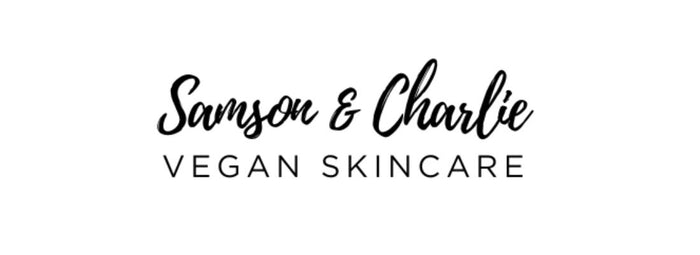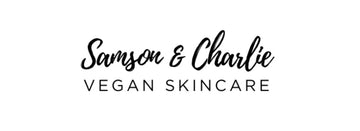Beauty Hack: How to combat breakouts
How sebum overproduction is causing your acne, and what you can do to help
 Sick of breakouts? Tired of worrying that a piece of pizza will send your skin into an oil spiral?
Sick of breakouts? Tired of worrying that a piece of pizza will send your skin into an oil spiral?
Managing breakout-prone, oily skin is a frustrating daily struggle, and can leave your feeling self conscious and deflated. While there are tons of products out there boasting miracle cures for breakouts, few genuinely work. Before you rush out to buy new products though, it's handy to understand how breakouts work and what to look for in products designed for acne.
Sebum and your skin
Sebum is a scientific word for the oil your skin naturally produces. Acne is related to sebum as well as your skin's pores. Here's how:
The pores on your skin are made up of follicles: Each one includes a hair and a sebaceous gland. When the sebaceous gland releases sebum, it travels up the tiny hair, out of the pore, and onto your skin.
How breakouts form on your skin
Sometimes, our skin can overproduce sebum. This can happen for a number of reasons including hormonal changes, medication, stress, diet, injuries and environmental conditions.
When your skin overproduces sebum, it becomes sticky, allowing dead skin cells and bacteria to cling to it. This sticky mix then clogs your hair follicles, making them the ideal breeding grounds for acne-causing bacteria.
Acne-causing bacteria can cause:
- Red angry bumps deep under the surface of your skin
- Greasy skin that looks shiny even after cleaning it
- Blackheads, whiteheads and acne
Celebs struggle with sebum overproduction just as much as we do. Check out Brooklyn Decker's honest post about her pregnancy acne.
What to do when your skin is breaking out from an overproduction of sebum
When you experience oily, greasy skin, you reach for the cleansers and moisturisers that say ‘oil-free’ for ‘breakout-prone skin’ right? Trouble is, these products are so harsh on your skin, they further disrupt the oil balance in your skin leaving your face dry and irritated with deep, painful red bumps.
Why most products for breakout-prone skin don’t work
They're too harsh and drying. Stuffed-full of chemicals, many common products for breakouts stop the oily feeling of your skin by stripping it of moisture. This irritates your skin, leaving it red and raw, with disruption of your skin’s oil balance. By depleting your skin of oil, your breakouts can split, and the dry skin further clogs pores leaving you with dry acne. Nasty right?
Gentle products work best for clearing breakouts
When you find angry-looking spots on your skin, the last thing you need is to strip your skin of moisture. It leads to cracking of your spots, which spreads bacteria across your face leading to more spots. Instead, you need a gentle, delicate approach that won’t irritate your skin.
Restoring your skin's oil balance is a process, and takes a clever combination of products to achieve what your skin needs. The main goals are to calm and purify your skin. Natural ingredients like Blue Tansy have antibacterial and antimicrobial properties to ensure your pores don't get clogged, and your skin stays hydrated during the purification process.

5 things to help you beat breakouts when your skin is overproducing sebum
1. Stick with your new routine for 4-6 weeks
When you start a skincare routine for breakout-prone skin, you'll need to stick with it for 4-6 weeks to let your skin get used to it. When you start a new routine, your skin will go through a detox phase, but this phase is important to let your skin clear. Learn more about the detox process here.
2. Swap your face towel and pillowcase often
3. Clean your phone with antibacterial spray
4. Don't touch your face
5. Resist the urge to squeeze
Squeezing your spots unleashes the bacteria inside them, and spreads it across your face. This leads to more spots and can cause scarring.
If you're sick and tired of breakouts, it's time to try a new routine. Whether your breakouts are caused by hormonal or lifestyle changes, adopting a purifying, calming and antibacterial products can make a world of difference.





